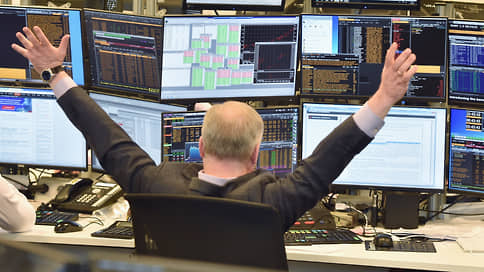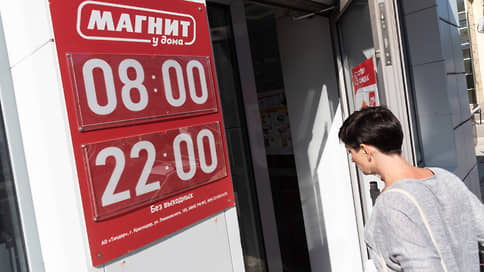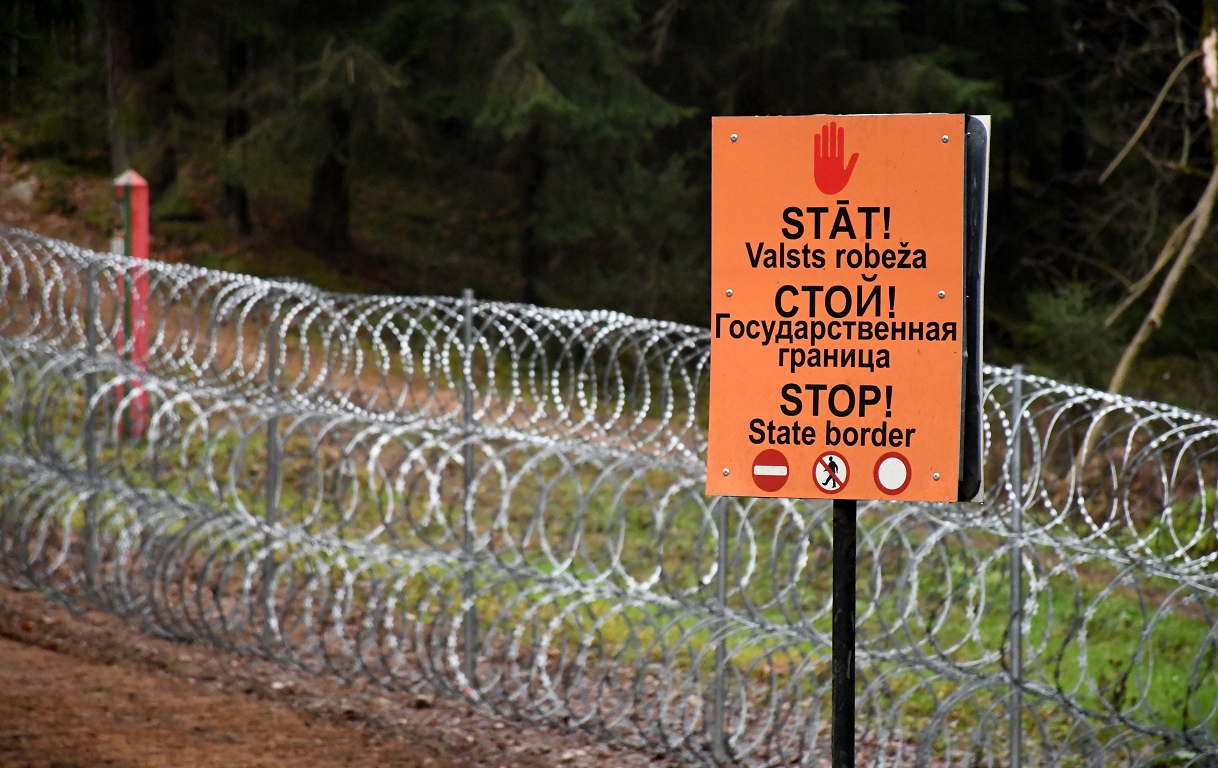Analysts await a deficiency of the proposal of methanol and ammonia by 2030

The growth rate of the production of methanol and ammonia in the world by 2030 may not be in the dynamics of demand. According to Kept, this creates opportunities for increasing capacities, including in the Russian Federation. But while Russian exporters limit expensive logistics and the lack of the necessary infrastructure. The greatest potential may have new plants built next to the ports.
The volumes of methanol consumption in the world can grow from the current 97 million tons to 107–131 million tons by 2030, and by 2040 to increase to 125–161 million tons, follows from the study of the KEPT consulting agency. At the same time, the average annual rate of demand for demand will decrease from 3.1% in 2015–2024 to 1.3% from 2024 to 2030. As stated in the review, based on the data on already under construction and planned projects, the capacities will not be enough to ensure global demand for methanol by 2030. That is, it is noted there, a niche is formed for new methanol volumes – from 5 to 19 million tons per year. Also, by 2030, a shortage of production capacities in ammonia may be formed, which will form a need for the release of an additional 5-13 million tons per year.
In 2024, 5.7 million tons of methanol per year operated in the Russian Federation. By 2030, this indicator can be increased to 12 million tons due to promising projects, estimated at Kept. Analysts do not predict a significant increase in demand for methanol in Russia in connection with the saturation of the market and consider the export of the only potential point of growth of the industry.
The main market for methanol from Russia before the EU sanctions was Europe. The corresponding ban was announced in October 2022, after which supplies under concluded contracts were possible until June 2023. In 2023, the export of methanol from the Russian Federation fell by 25%, to 1.5 million tons, in 2024 deliveries increased to 1.8 million tons, but remain below the levels of 2019–2022, according to the KEPT report. So, according to analysts, Türkiye and Belarus have increased the volume of supplies, and China became the largest buyer of Russian methanol. Until 2023, the Russian Federation almost did not supply methanol to the east due to a long logistics shoulder and the limited capacities of railway transport. Because of this, export to Asia is less than a profitable, moreover, prices in this region are traditionally lower than in Europe, Kept's review is explained. And even one of the lowest costs of the production of methanol in Russia cannot become a competitive advantage due to logistics restrictions, experts say.
As noted in the study, the launch of new capacities for transshipment of methanol in the coming years can partially simplify the task of sales when entering new markets. “It is vital to create new capacities in the transshipment and export of the sea route, as well as the creation of production capacities in the Far East in parallel with the corresponding export infrastructure,” Kept are sure. They recall that in 2026 it is planned to introduce a methanol transshipment terminal in the port of Vysotsk with a capacity of up to 1 million tons, and the construction of a terminal in a port of a dry -lane with a capacity of up to 2 million tons per year was also announced.
Experts look at the growth of ammonia consumption in the Russian Federation more optimistic. They note that after a sharp drop in exports (due to the stop in 2022, the Togliatti-Odessa ammonium pipeline) to the minimum historical values of 0.5–0.6 million tons, part of the dropped volumes was compensated for the redirecting of ammonia for processing into nitrogen fertilizers, the export of which is growing.
The head of Rupec Dmitry Semyagin also does not see the prospects for the significant increase in methanol consumption in Russia against the background of an existing surplus, although he is waiting for production growth as new projects are launched. “Despite the fact that after 2022 many investors refused to implement projects or revised their configuration, work continues at some venues. And these projects have an obvious export orientation, ”he notes. We are talking about the Nakhodkinsky factory of mineral fertilizers and the Rushima complex in Ust-Luga. Mr. Semyagin believes that they have prospects in foreign markets, especially in the Asian markets, since in the next two to three years the increase in demand for methanol is predicted there.








